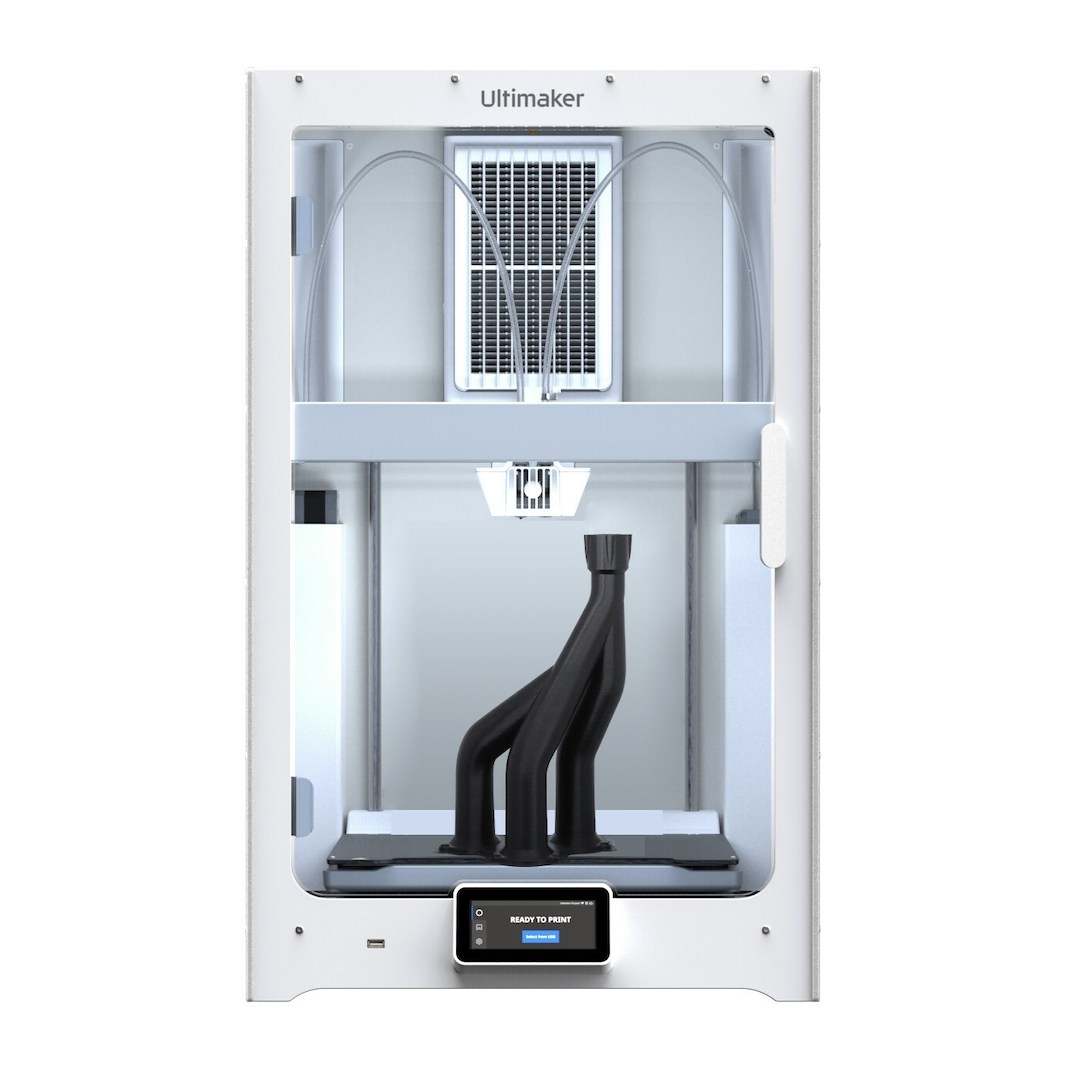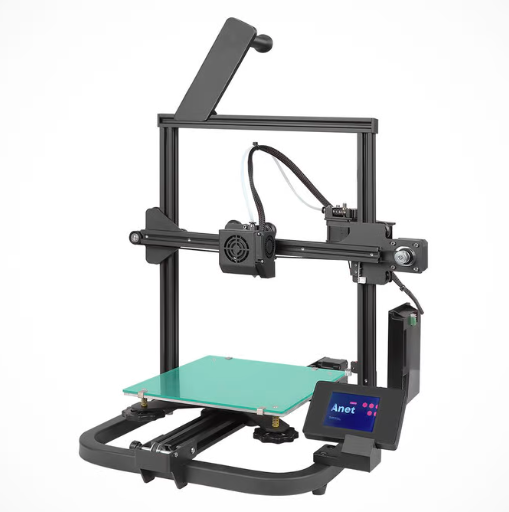Compare S7 vs A8 V2
Comparison between the best 3D printers
Choose the best 3D printer at the best price. The cheapest 3D printers are here.
Buy a 3D printer here with 3D Fila.
 |
 |
|
| Model | S7 |
A8 V2 |
| Printing Material | Filament | Filament |
| Buy Filament for Ultimaker S7 | Buy Filament forAnet A8 V2 | |
| Estimated price | $8300,00 | $129,00 |
| Manufacturer | Ultimaker | Anet |
| Release Year | 2022 | 2021 |
| Print Volume [mm] | 240x330x300 | 220x220x250 |
| Printer Size [mm] | 585x495x800 | 428x441x486 |
| Weight [kg] | 29 | 6,2 |
| Power Loss Recovery | YES | NO |
| Enclosed printer | YES | NO |
| Bed Leveling | Automatic | Manual |
| Filament End Sensor | YES | NO |
| Bed type | Heated | |
| Power supply system | Bowden | Bowden |
| Standard nozzle | 0,4 | 0,4 |
| Maximum Nozzle Temperature [°C] | 280 | 230 |
| Maximum Bed Temperature [°C] | 120 | |
| Maximum printing speed [mm/s] | 180 | 150 |
| Filament holder | YES | YES |
| Camera for supervision | YES | YES |
| Recommended filaments | PLA, ABS, PETG, PC, Nylon, Tritan, PP | PLA |
| Recommended slicers | Cura | Cura, Simplify, Slic3r, IdeaMaker |
| Maximum Resolution [mm] | 0,1 | 0,1 |
| Processor | ||
| Display | Display touchscreen 4,7'' | Display touchscreen 2,8'' |
| Power Supply | 500 W | 110/220V / 250W |
| Connectivity | USB / Wi-Fi | SD / USB |
| Operating systems | Windows, Mac, Linux | Windows, Mac, Linux |
| Date of registration in the system | 2023-01-28 | 2022-11-10 |
| Release date | 2022 | 2021 |
| Extra features | The UltiMaker S7 printer features a series of technological innovations to enhance 3D printing. It incorporates a flexible, magnetic build plate with PEI coating, promoting better adhesion and easier part removal. Its new inductive sensor significantly improves bed leveling, ensuring perpendicular and accurate prints. In addition, the S7 has a higher quality camera for remote monitoring, an integrated air filter, and uses a unique glass door to maintain a constant temperature in the print chamber. The machine is also compatible with the expansion kit for metal printing. | The Anet A8 V2 is a Cartesian-XZ type 3D printer with a build volume of 220 x 220 x 250 mm, Ender 3 design and V-slot assembly. It has a 32-bit motherboard and touchscreen interface, promising ease of use. It uses open source firmware and has thermal failure protection. It stands out for its cable organization and the absence of a heated bed, focusing on energy savings and PLA printing. It comes with an external power adapter, aiming at greater safety, especially for beginners and educational use. |
| Support for multiple colors and materials (AMS and CFS) | NO | NO |
Notes * |
||
| Cost-benefit | 1 / 10 | 6 / 10 |
| Hardware | 4.2 / 10 | 0.6 / 10 |
| Tela | . | . |
| Print volume | 4 / 10 | 3 / 10 |
| Performance | 1 / 10 | 1 / 10 |
Conclusion |
| When comparing the Ultimaker S7 and the Anet A8 V2, it becomes evident that the two printers cater to very different user needs and budgets. The S7, being a high-end 3D printer, offers advanced features such as automatic bed leveling, a heated enclosure, and robust power loss recovery capabilities. Its substantial build volume, combined with superior print quality and versatility in materials, positions it as a professional-grade machine suitable for demanding projects. On the other hand, the Anet A8 V2 stands out as an entry-level option, delivering solid performance for those with limited budgets. While it lacks key features like automatic leveling and an enclosed setup, it is designed to be user-friendly and energy-efficient, making it a good choice for beginners or educational purposes. The lower print volume and reduced functionality may limit its application for more complex projects. In summary, if budget permits and the user is seeking professional-level functionality, the Ultimaker S7 is the clear champion in this comparison, offering unparalleled performance and features. However, for hobbyists or those new to 3D printing, the Anet A8 V2 presents a more economical yet capable solution, allowing users to explore 3D printing without significant investment. Ultimately, the choice between these two printers should align with the user’s specific needs, experience, and budget considerations. |

